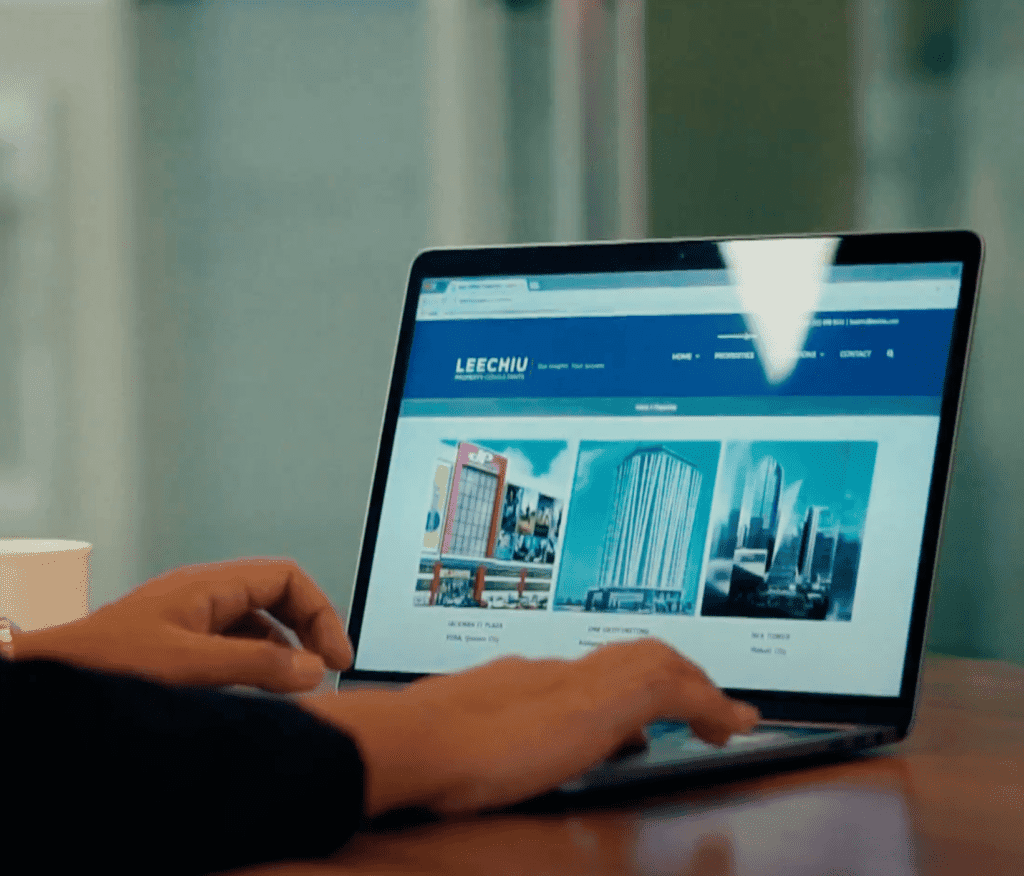Demand for office space in the Philippines hit its highest level since the start of the pandemic in January 2020 at 313,000 square meters (sqm) during the third quarter of 2022 as the IT-BPM sector is seen to continue expanding.
A study by Leechiu Property Consultants (LPC) also noted that the third quarter 2022 figure is 240 percent higher than in the same period last year.

It added that, year-to-date 2022 demand is now at 692,000 sqm. or 27 percent higher than the 2021 figure—illustrating the continued resilience of the office segment despite global uncertainties including rising interest rates, inflation and destabilization of the currency.
Office takeup in the first nine months has surpassed the demand of 647,000 sqm. in the same period of 2016 and will most likely register by year-end at the 750,000 to 800,000 sqm. level, said LPC.
It said this is due to notable live requirements now at 488k sqm. Live requirements are office transactions in various stages and are the highest they have ever been since the second quarter of 2019.
Vacancies across Metro Manila are at 18 percent with contractions remaining at manageable levels.
“Contractions appear to have leveled off and it feels like we are back to 2016 before POGOs hyper-charged the market beginning in 2017,” said LPC Chief Executive Officer David Leechiu.
The IT-BPM sector, which accounted for 332,000 sqm. year-to-date 2022, “has once again saved the day for the Philippine office market.”
In the past two pandemic years, the IT-BPM industry has leased 777,000 sqm. or 48 percent of total demand from the first quarter of 2020 to the third quarter of 2022 amounting to 1.62 million sqm., the study further noted.
Even when viewed against all the contractions which have consistently been led by POGOs in the past two years, the Philippine office market still registered positive growth, said Mikko Barranda, director for commercial leasing.
From 2020 to YTD 2022, office demand increased by 78 percent while contractions decreased by 31 percent.
Net demand for YTD 2022 is at 314,000 sqm. led by the IT-BPM sector which accounted for 222,000 of net demand in the past two years. Despite lockdowns and surges and various work arrangements, IT-BPMs posted over the same period net demand of 513,000 sqm., representing a 7 percent increase in their footprint which now registers at 7.5 million sqm.
“We are pleased that the Philippine IT-BPM sector continues to provide a crucial service to many firms in the West especially in times of uncertainty,” said LEechiu.
He noted that, “Seasoned IT-BPM observers have projected the sector will continue to expand its headcount in the next few years. Even if work-from-home arrangements remain popular, we are confident they will continue to hold up the Philippine office market and economy as they have done in the past two decades.”
In the residential segment, sales of residential condominiums in Metro Manila increased by 6 percent from the second quarter of 2022.
On the other hand, developers seem to be more confident of better days ahead as shown by the number of new launches which has increased by 127 percent since the second quarter of 2022, according to Roy Golez, director for Research and Consultancy.
Moreover, government has targeted the delivery of 1 million affordable housing units annually to address the current backlog of 6.5 million units.
If you like this article, share it on social media by clicking any of the icons below.
Or in case you haven’t subscribed yet to our newsletter, please click SUBSCRIBE so you won’t miss the daily real estate news updates delivered right to your Inbox.
The article was originally published in Manila Bulletin and written by James A. Loyola.







More Stories
Vista Land Celebrates 50 Years with Sandiwa: An Event Honoring Leadership, Legacy, and the Filipino Dream of Homeownership
Vista Land Celebrates Love Month in Ilocos Region
Vista Land Bridges Cebuano Heritage and Progress with Valencia by Vista Estates